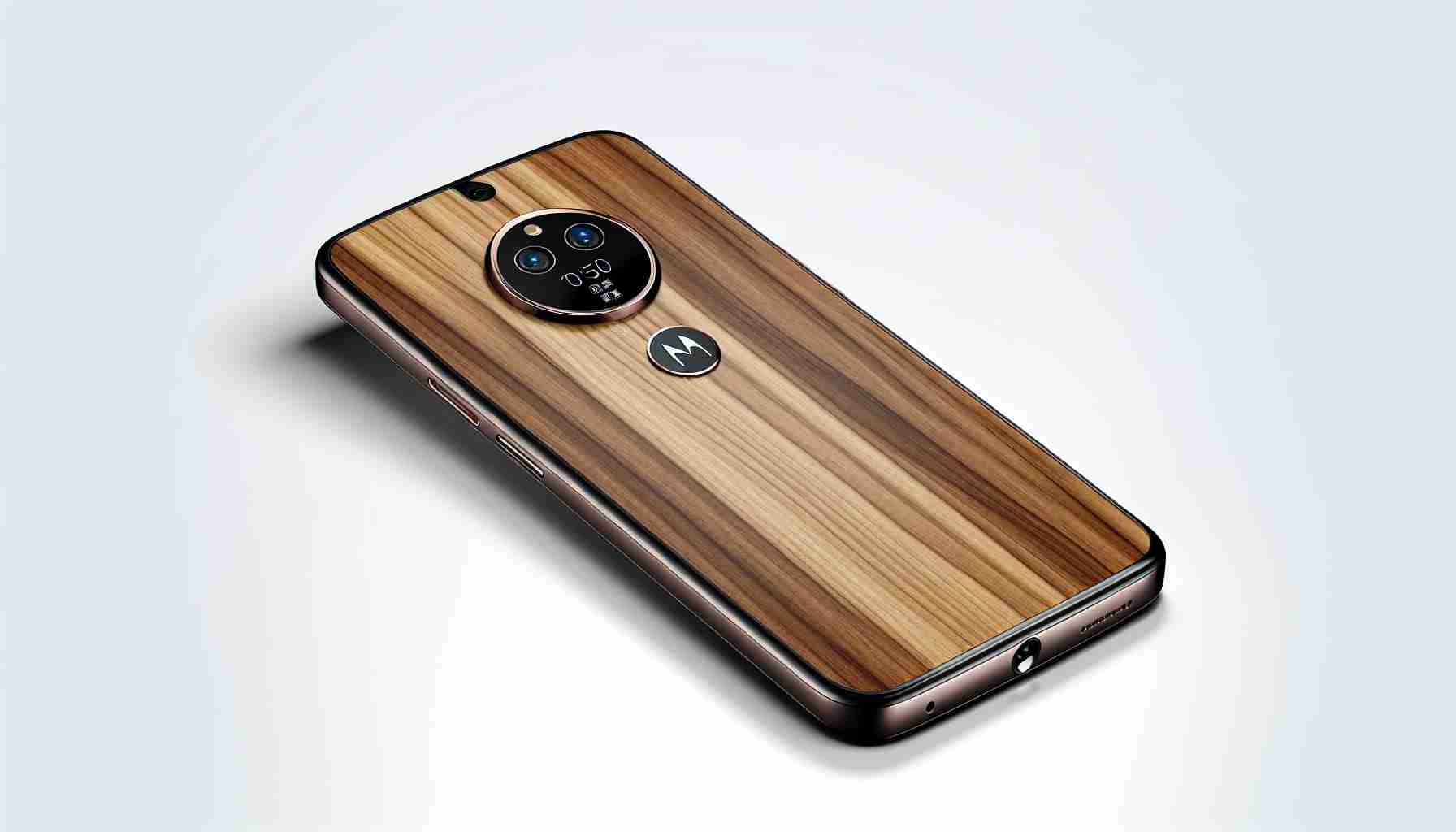Motorola introduces a blend of nature and technology, with their latest release in China – the Moto X50 Ultra, featuring a real wood back panel. Straying from convention, engineers at Motorola utilized authentic wood, crafting it to fit the new device’s dimensions, and finished it with a protective lacquer, promising a special tactile experience.
Variants of the Moto X50 Ultra include distinct back materials; some versions offer a green plastic back, while others come with an orange eco-leather finish. This diversified approach speaks to the aesthetic and sustainable preferences of the modern consumer.
The phone boasts impressive technical specifications: a 6.7-inch P-OLED display with a refresh rate of 144Hz, a peak brightness of 2500 nits, and HDR10+ support. Powered by a Snapdragon 8s Gen 3 processor, the Moto X50 Ultra comes with a minimum of 12GB RAM and 256GB storage. The triple camera setup includes 50+64+50 megapixels with laser autofocus and optical zoom.
Energy needs are met by a 4500mAh battery, supported by 125W fast wired charging. Running the latest Android 14 operating system, the Moto X50 Ultra is competitively priced at 3999 yuan (approximately 50,000 Russian rubles), offering powerful specs at a consumer-friendly price.
Important Questions and Answers:
1. Why is the wood-backed Moto X50 Ultra unique?
The wood-backed Moto X50 Ultra is unique because it combines natural materials with modern smartphone technology, an uncommon approach in the smartphone market where glass, metal, and plastic are the norm. The use of real wood may appeal to consumers looking for sustainable and aesthetically pleasing design choices.
2. What are the challenges associated with using wood in smartphones?
The challenges of integrating wood into smartphones include durability concerns, as wood can be affected by environmental factors such as humidity and temperature, potentially warping or cracking over time. Additionally, the manufacturing process may be more complex due to the material’s inconsistency compared to standard smartphone materials.
3. Are there any controversies surrounding the new Moto X50 Ultra?
Controversies regarding such a design choice could stem from environmental concerns about the sustainability of using wood, despite its natural appearance. It’s crucial to ensure that the wood is sourced responsibly and that the harvesting process does not contribute to deforestation.
Advantages and Disadvantages:
Advantages:
– The wood-backed design stands out in the crowded smartphone market, potentially appealing to design-conscious consumers.
– The tactile experience of wood may be more premium and comfortable compared to traditional smartphone materials.
– Offering diverse back materials addresses various consumer preferences, aligning with both aesthetic and sustainability values.
Disadvantages:
– Durability of the wood back panel may be of concern, as it could be prone to damage more easily than metal or plastic.
– Environmental impact should be considered if wood sourcing practices are not sustainable or contribute to deforestation.
– The wood finish may require additional care and maintenance to retain its appearance and integrity.
For those interested in learning more about Motorola, you can visit their official website through the following link: Motorola.
